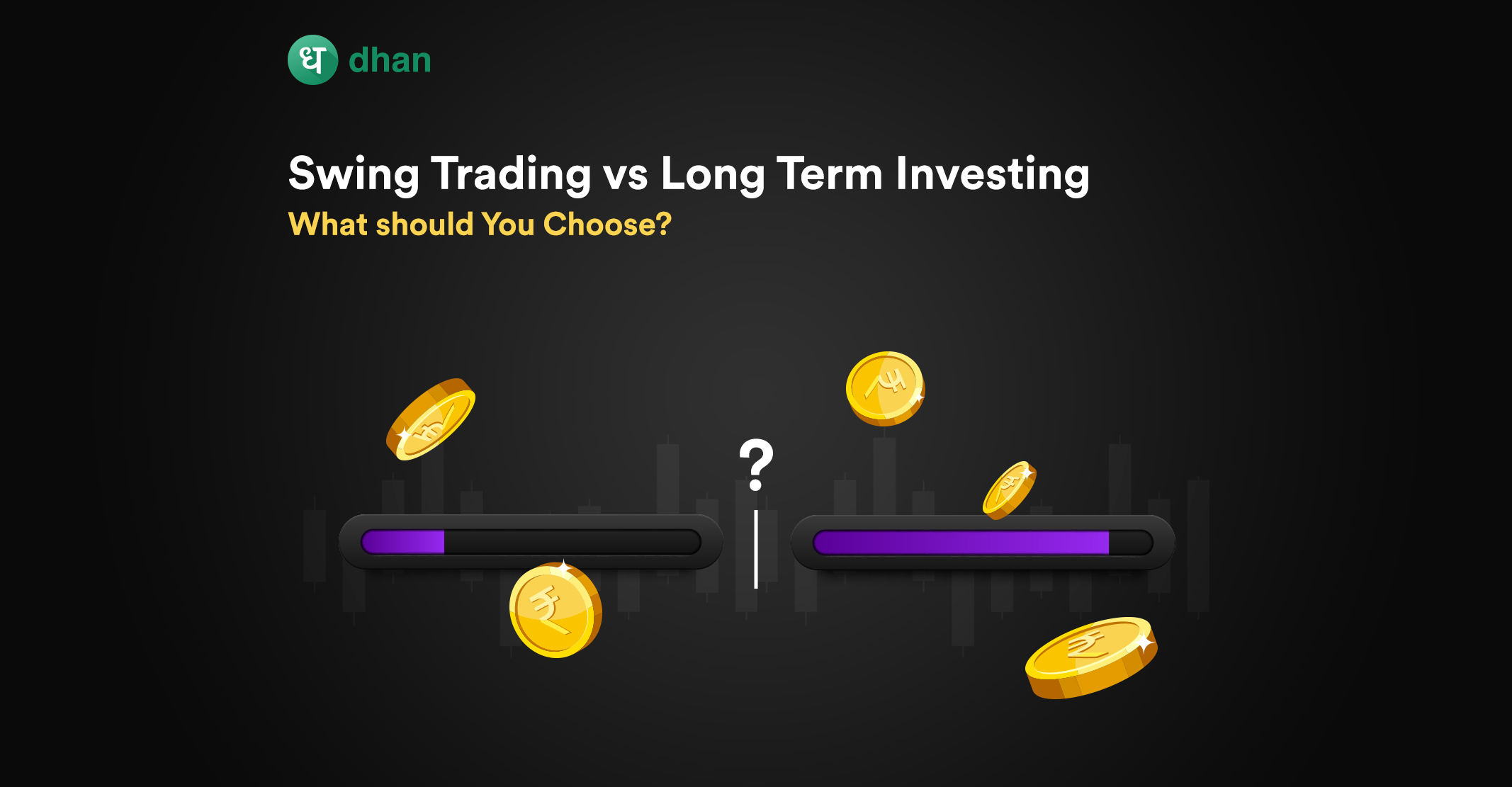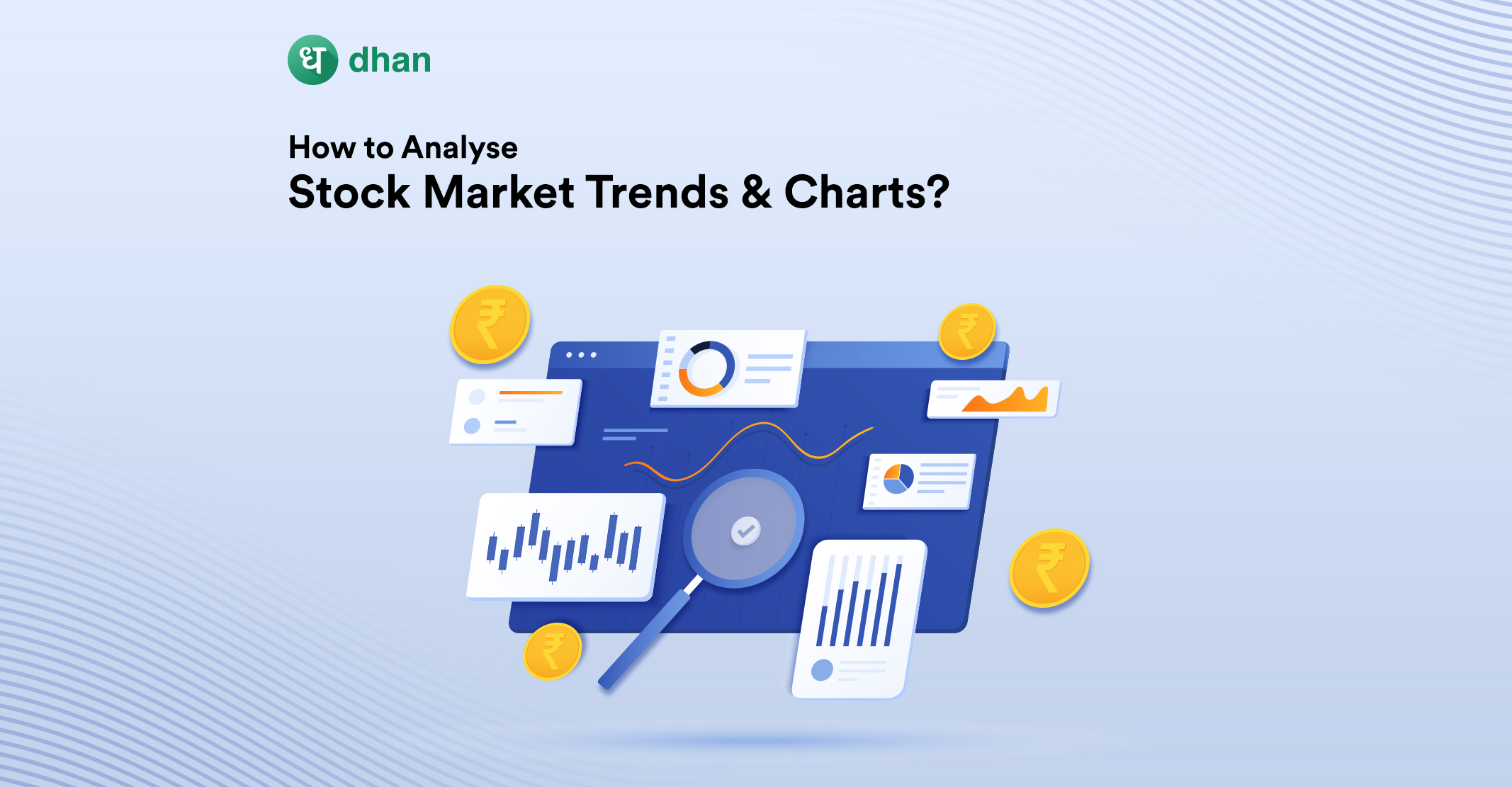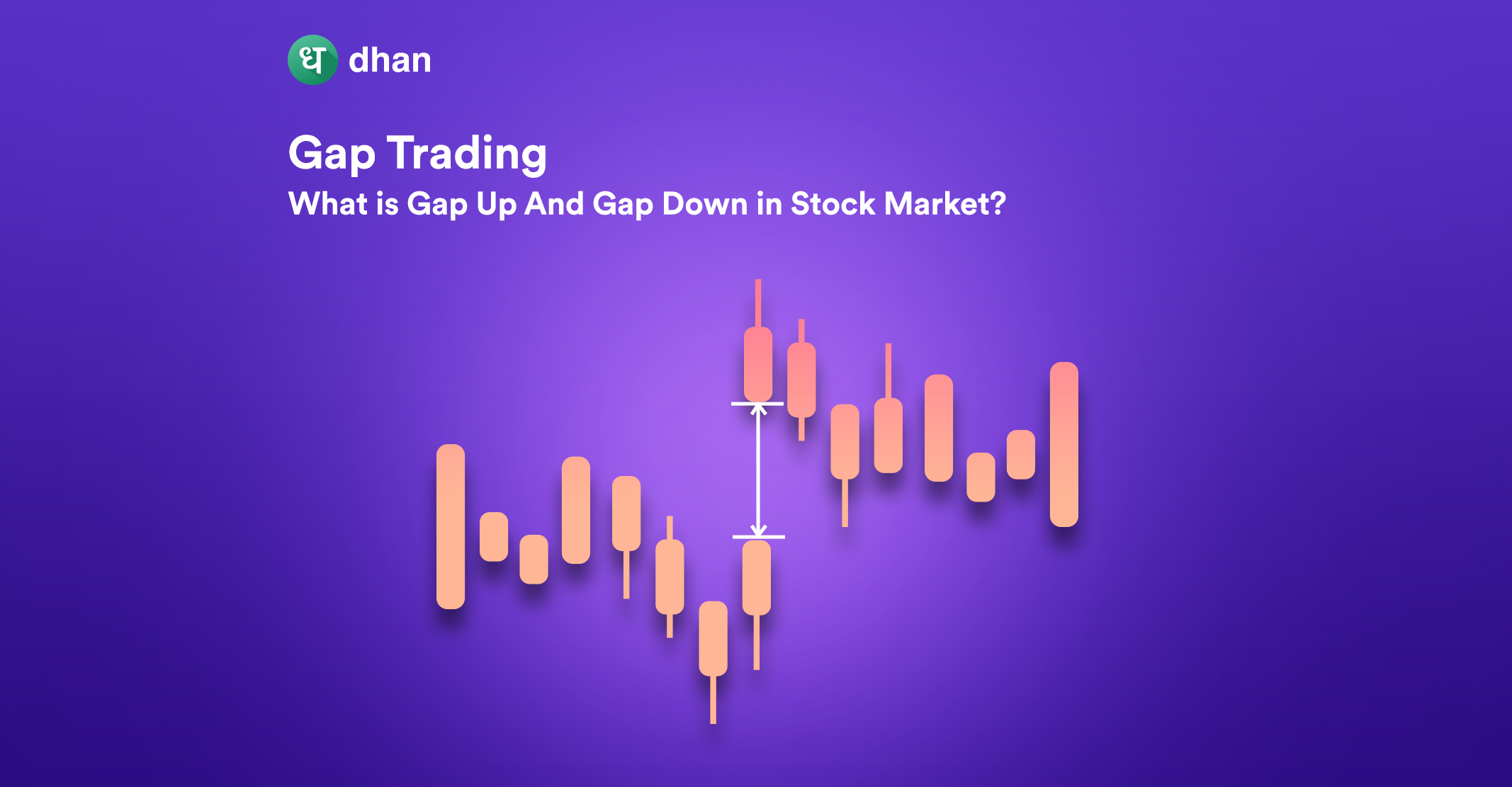There is a single goal when it comes to trading and investing – making profits. However, there are multiple ways to achieve this goal. Those looking to book short-term profits may turn to swing trading strategies.
On the other hand, those who want to create wealth for the long term may rely on a buy-and-hold investing strategy. Either way, both these trading and investment strategies have their pros and cons.
That’s what we’re going to help you understand in this blog, starting from the meaning of swing trading and long-term investing to the difference between both approaches.
What is Swing Trading?
Swing trading is a strategy designed to capture profits by riding short to medium swings in a security’s price. The goal of swing trading is to generate small chunks of profit from one trade and move on to the next.
The typical swing trader will identify suitable swing trades by using technical analysis, which can also help with the right entry and exit strategies.
The use of technical analysis is one of the reasons why it’s easy to pick up various swing trading strategies in theory. Typically, swing traders hold a short or long position for more than one trading session.
That said, the best timeframe for swing trading can last from a few trading sessions to weeks or even months.
This makes swing trading significantly different than intraday trading even though both are classified as “short-term” avenues for wealth creation.
For example, swing traders will have to take delivery of shares which doesn’t happen in intraday trading. This opens up swing traders to changes in price that happen overnight or over the weekend.
A question here could be – is swing trading a short-term stock investing strategy? After all, the delivery of shares is involved. We’ll answer this question after discussing the meaning of long-term investing.
We've compared swing trading to day trading here: Swing Trading vs Day Trading
What is Long Term Investing?
Simply put, long-term investing means buying and holding shares for at least a year. The goal of long-term investing is to generate profits while limiting the amount of effort required to pick stocks.
In fact, the cornerstone of long-term investing is to identify companies with a strong potential for growth and hold them until they generate lucrative returns or help achieve financial goals.
That said, long investors have to pick stocks just like everyone else. The typical long-term investor will use fundamental analysis for stock picking, unlike swing traders who may prefer technical analysis.
The reason? Fundamentals can be a make or break for a stock over the long run.
For example, legendary long-term investors like Warren Buffet use value investing to identify stocks trading at a discount. Value investing is based on evaluating fundamentals including (but not limited to):
- EPS
- P/E ratio
- Book-to-price ratio
- Free cash flow
There is one more pillar of long-term investing – patience. While swing trading also requires patience to a certain degree, long-term investing is defined by the poise that’s needed to ride out market volatility.
At the same time, long-term investing has the potential to be relatively less risky than swing trading precisely because there’s no trend or price swing-chasing involved. Is that all? There’s more.
Difference Between Swing Trading Vs Long Term Investing
You must have more or less understood the meaning of swing and long-term trading strategies. Here’s a refresher nonetheless:
- Swing trading: using short to medium price swings to generate small chunks of profit
- Long-term investing: buying and holding shares for 1+ years to generate relatively high returns
Now it is time to see the main differences between swing trade vs long-term investments, starting with the approach and moving on to the best timeframe for swing trading and long investing, returns, and risk.
1. Approach
Swing trading is an approach for generating incremental returns per trade by riding short to medium swings in a stock’s price. Long-term investing is built on the “buy & hold” strategy to generate relatively high returns over 1+ years.
2. Timeframe
Generally, swing trading is a short to medium term strategy that can last for more than one trading day to multiple weeks or months. Long-term investing is by default a wealth creation strategy for at least a year or more.
Speaking of investment strategies, check out these blogs:
3. Returns
As far as returns are concerned, it’s not that easy to say which approach can generate better returns. However, swing trading is known to produce relatively low returns per trade as opposed to long-term investments.
What you should bear in mind is that swing trade has the potential to generate significantly better returns than long-term investing across all trades. After all, swing trading relies on a high number of trades.
4. Analysis
Generally, swing traders are known to rely on technical indicators while long-term investors prefer fundamental analysis. This is down to the essence of both trading and investment principles.
For swing trading, predicting price movements is key. That’s exactly what technical analysis helps with. Here’s an example of technical analysis.
On the other hand, understanding the business behind the stock is crucial for long-term investment decisions. That’s what fundamental analysis helps with. Here’s an example of a stock’s fundamental analysis.

Here’s where you can get a detailed comparison of Technical Analysis Vs Fundamental Analysis
5. Risk
Truth be told, swing trading and long-term investing are known to be risky. However, long-term investors may have to bear lower risk because of time. Markets and solid stocks are known to grow over the long term.
Less so in the short term because of various factors like economic conditions, investor behavior, and more. This may put swing trading strategies at a disadvantage.
Swing Trading vs Long Term Investing at a Glance
| Parameter | Swing Trading | Long-Term Investing |
| Approach | Capture price swings | Buy & hold |
| Timeframe | 1 trading session or more | 1 year or more |
| Returns (per trade) | Low | Low-high |
| Analysis | Technical | Fundamental |
| Risk | Medium-High | Low-high |
Swing Trading vs Long Term Investing: What Should You Choose?
Swing trading strategies bank on making a volume of trades to generate returns. As a result, swing trading requires time and effort to spot suitable trades using technical analysis.
- What this means for you: Swing trading may be an option for those who have sufficient knowledge of technical analysis and the time to monitor price swings
Long-term investing relies on choosing strong businesses that can withstand the test of time using fundamental analysis. As a result, long-term investing requires less time, research, and the occasional rebalancing if need be.
- What this means for you: Long-term investing may be an option for working professionals who don’t have the time to pore over charts but want to generate returns that beat inflation
Either way, it’s important to choose a trading and investment strategy that is in-line with your:
- Risk profile
- Financial goals
- Affordability (money, time, and effort)
Happy trading & investing!
Did you know that Dhan makes it possible to execute Basket Orders via Webhook on Tradingview.com? Watch this video to know how!
FAQs on Swing Trading Vs Long Term Investing
Q. Is swing trading better than investing?
Swing trading is known for creating a volume of tiny profits that add up to substantial returns. Long-term investing, on the other hand, uses time as the main ingredient to generate lucrative returns. While swing trading can be more profitable than long-term investing, it requires technical analysis and constant monitoring.
Q. Is trading more profitable than investing?
Swing trading has the potential to generate small chunks of profits across multiple trades. This may be more than the profits that long-term investing generates. But it comes at a cost – time & effort.
Q. Which is best swing trading or investing?
What is best in swing trading or long-term investing will depend on your risk appetite. Furthermore, it also depends on your ability to dedicate time and effort to analyze a bunch of stocks constantly.
Disclaimer: This blog is not to be construed as investment advice. Trading and investing in the securities market carries risk. Please do your own due diligence or consult a trained financial professional before investing.




Comments are closed.